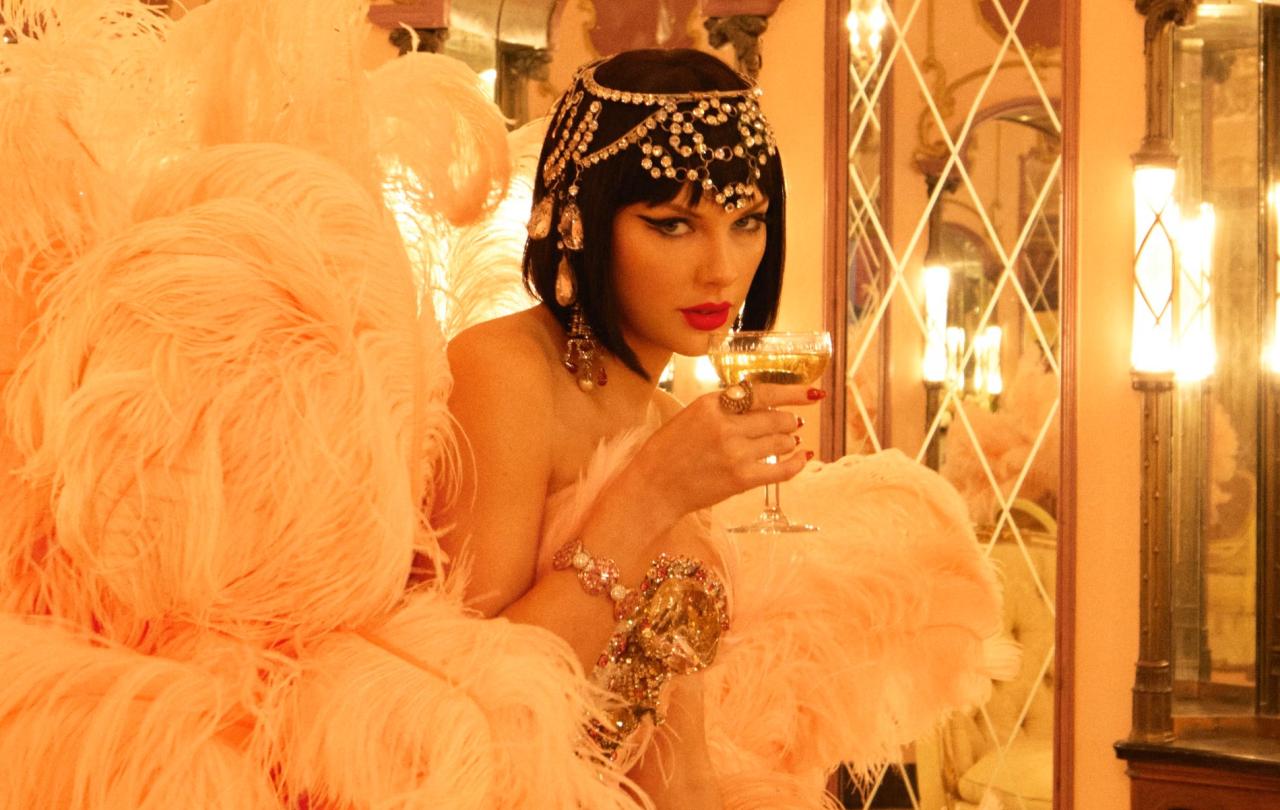
There’s a joke told by David Foster Wallace in a speech called “This is Water”. Two young fish are swimming and come across an older fish swimming the other way. The older fish says “Morning boys! How’s the water?” The two fish swim on until one of them turns and asks, “What the hell is water?” Unlike fish, however, for humans time is the water in which we swim. There can be no understanding or meaning in life without time.
Take the ending of the old BBC sitcom Blackadder Goes Forth. It’s set in World War One, as a group of soldiers try to escape the near-certain death of going over-the-top. In the last episode, they are stood at the foot of their trench, waiting to attack the enemy. Suddenly, the artillery stops. One soldier takes this as good news: “It’s over!” he shouts, “The Great War: 1914 to 1917!”
This joke only makes sense with time. I can only find this funny from the perspective of someone in a different time from those in the narrative. This only makes sense to someone who knows the war instead finished in 1918. Time makes the joke.
Robert Jenson, the late American theologian, was wrong about a lot. But he was often wrong in the right way. Jenson wasn’t afraid to follow through on the implications of some of Christianity’s most fundamental claims, even if led him down paths others would be wary of treading. If Jenson ends up entering the pantheon of the Church’s great teachers, it will be for his flaws as much as his successes.
We are, Giola argues, entering a ‘post-entertainment culture’. We’re no longer seeking entertainment. We’re seeking distraction.
One of the most helpful aspects of Jenson’s theology is on time. We often think of time as some sort of process, a way of moving through life and getting from A to B. However, Jenson stressed that time is a creature: a thing given existence by God, not just some neutral aspect of the universe to be taken for granted. God is without time and may have created us to be creatures without time, too. But God did create time and created us to live within time. This suggests we might learn something about human nature by reflecting on what it means to be creatures that inhabit time.
But time is so ubiquitous that we can’t think about time except as creatures within time. It is, in other words, like trying to bite your own teeth.
Okay, great. Time is important. Big deal. Why should you care? Isn’t this just the sort of nonsense philosophers come up with to look busy? Well, this matters because our ability to think with and in time is under serious threat. And with it, our ability to flourish as creatures.
For the last two years, the famed music critic Ted Giola has offered his thoughts on the state of culture. This year’s is a rather bleak read.
Giola argues that we’ve misunderstood the relationship between art and entertainment. We often think of art as something done for the artist, while entertainment is something done for the audience. Creatives must choose whom they create for: themselves, or their audience.
Instead, Giola suggests it’s better to think of a food chain. Entertainment is parasitic upon art and uses the artistic to fuel its inexorable growth. Recall Martin Scorsese’s infamous comments about the Marvel cinematic universe: they’re not cinema, they’re rollercoster rides; they’re not art, they’re entertainment.
But there’s always a bigger fish. We are, Giola argues, entering a ‘post-entertainment culture’. We’re no longer seeking entertainment. We’re seeking distraction.
But the short-term, instant response culture that social media habituates us to cannot come at the expense of the long-term work of genuinely deep thought.
Films become TV shows become TikToks. Books become blog posts become tweets. The ways in which we engage in reflection upon the world around us are increasingly reduced to shorter and shorter soundbites and the expense of substantive, thoughtful analysis.
Distraction involves short, repetitive interaction with stimuli to produce dopamine hits. Because this leads to pleasure, we repeat the process until we become habituated to it. We become addicted to it.
Crucially, this addiction to distraction itself is the very thing being sold. We don’t become addicted to the content of what we watch; we become addicted to the form of it. “The medium is the message,” Marshall McLuhan famously said, and so it is here too. We are becoming habituated to addiction itself. Distraction is merely the way in. We are, as Giola shows, all addicts now.
There are, of course, numerous worrying issues this raises. Giola himself does a fantastic job at covering some of them. However, in addition to all the psychological harm this addiction does, our addiction to distraction is curtailing our ability to inhabit our nature as creatures in time.
As we saw earlier, time brings perspective, and perspective brings understanding. We depend on time itself to help us make sense of events in the world and in our lives. The creature that is time is, in this respect, a gift from God and a reminder of our own limitations as co-creatures with it.
But, the more we become addicted to short-term distraction, the less able we are to inhabit understandings of the world that emerge as a result of long-term reflection and deep thought. We are becoming creatures in time who are gradually losing sight of our dependency on time itself to understand what is most in service of the common good.
Look, social media and everything that accompanies it can be great. The ability to respond to news in real time has its benefits. Public narratives have become increasingly democratised and that is only a good thing. But the short-term, instant response culture that social media habituates us to cannot come at the expense of the long-term work of genuinely deep thought.
If we are to move away from the near-universal sense that everything is on the verge of collapsing into chaos, perhaps the first step we might take is to begin again to work with, not against time. If the short-termism underwritten by addiction to distraction is one of the myriad factors that contributes to our pervasive sense of unease, perhaps we might commit to thinking more slowly?
Robert Jenson was right; time is a creature. We forget this at our peril. Some things can only be healed with patience and the slow passage of time. Until we retrieve an understanding of time as gift, not burden, our capacity to grapple meaningfully with the real substantive issues we face will remain beyond our reach.





